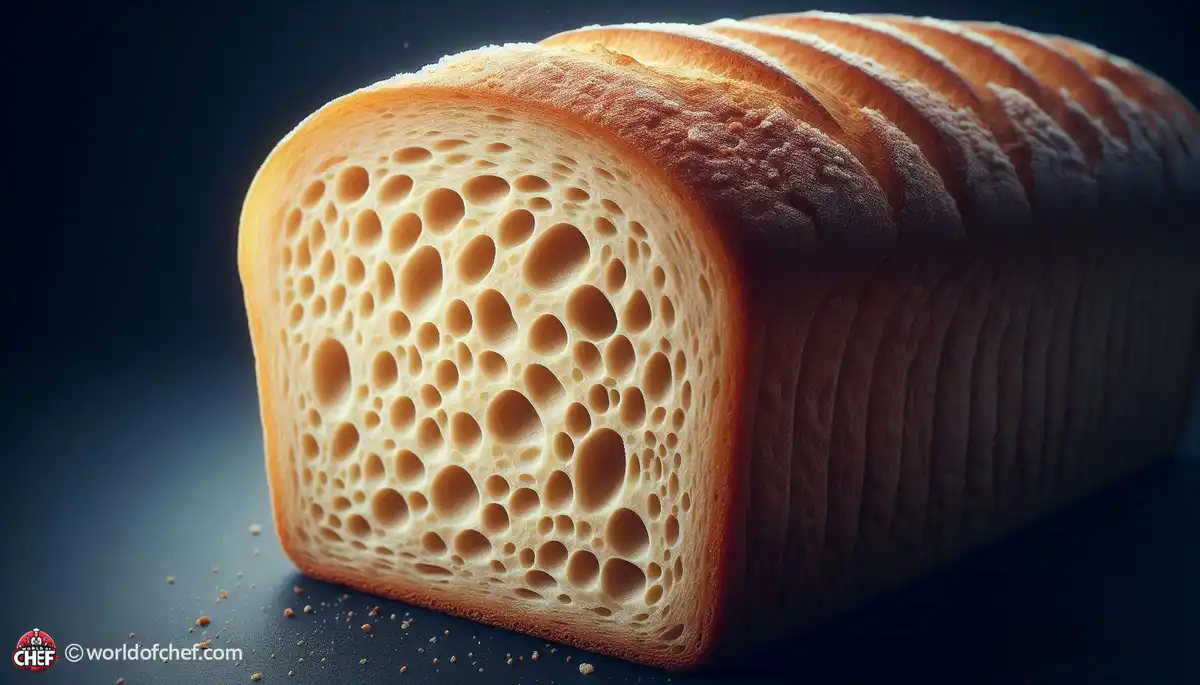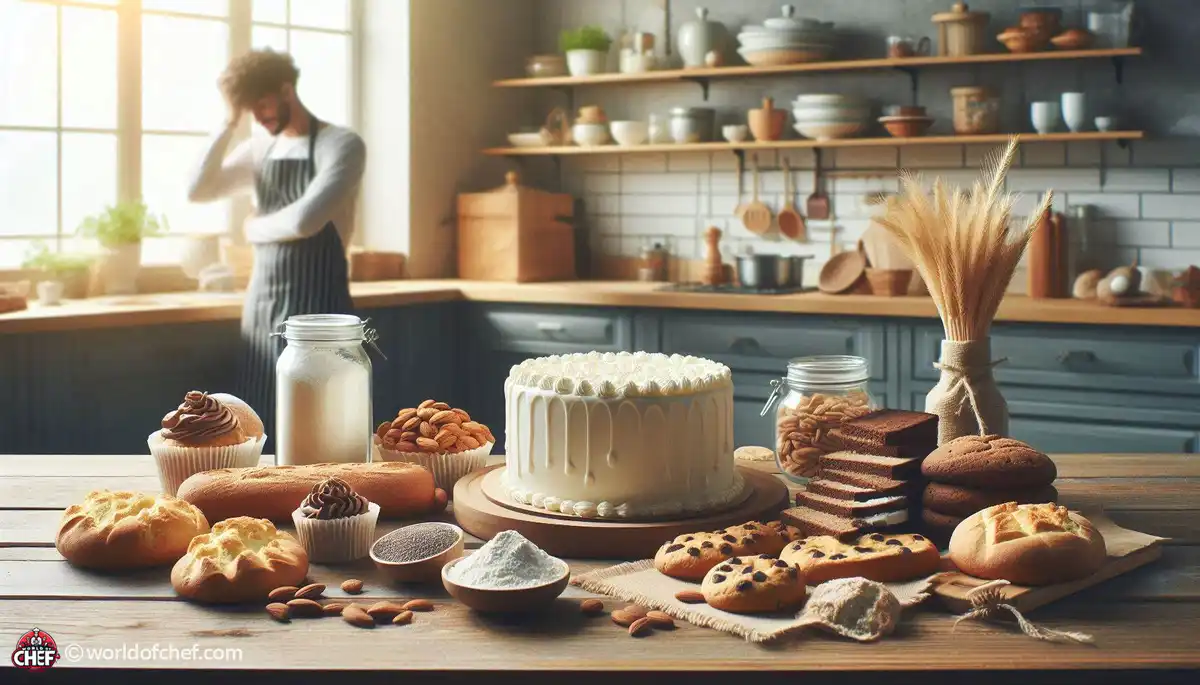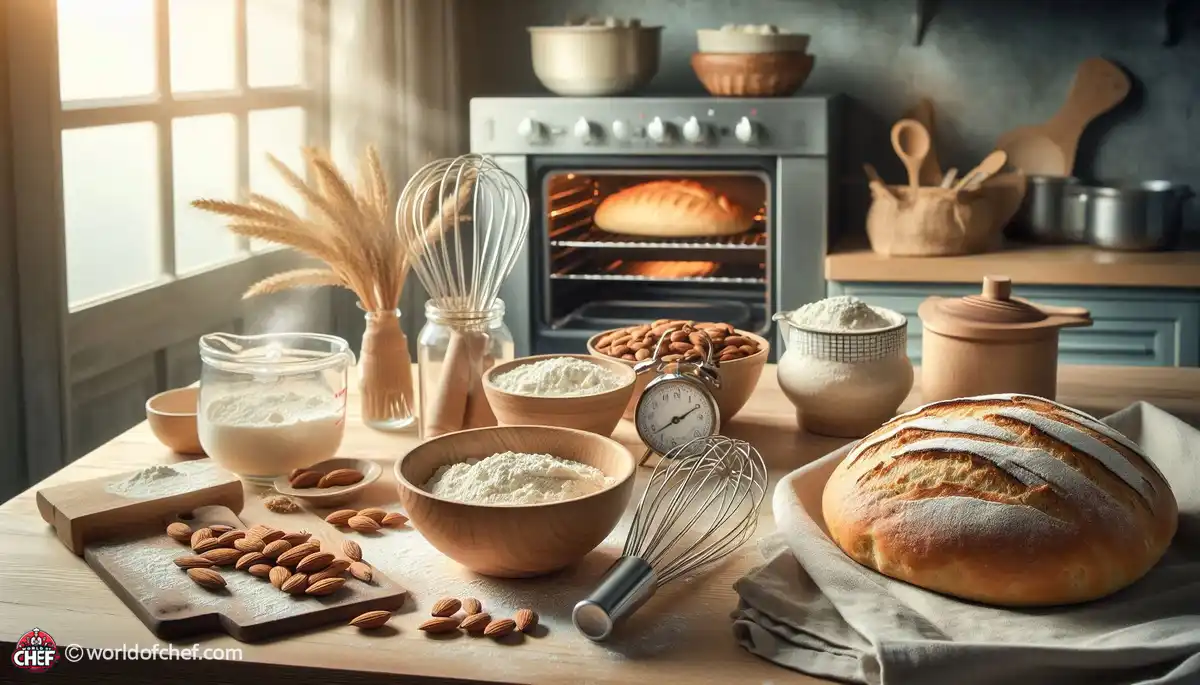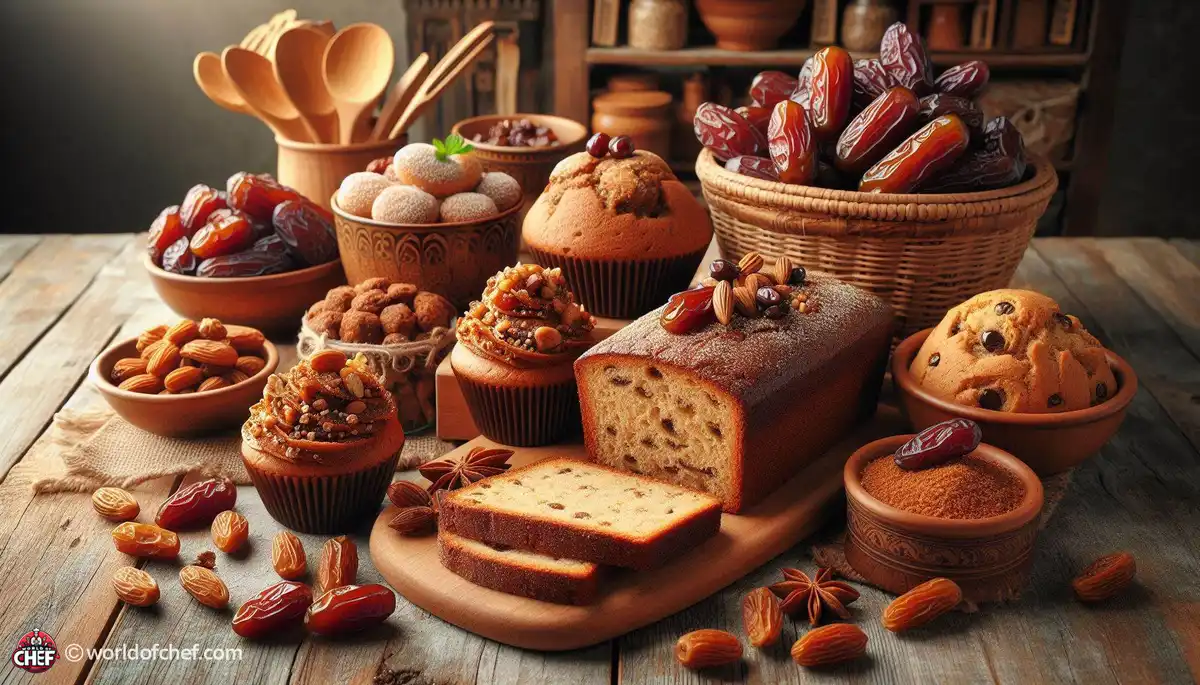
Understanding Oven Hot Spots and How to Bake Around Them
Russell Comeaux - Mar 30, 2025 - 13 min read


Perfect crumb in baked goods can bring creations from ordinary to extraordinary. Whether baking a loaf of bread, a batch of muffins, or even an immoderate cake, it's that crumb which makes or breaks the experience of your eating moment. This is a guide exploring essential tips, techniques, and insights that would help you master the crumb structure in your baked goods.
Crumb is the inside texture of baked goods. It can be open or closed, light or dense, and it is crucial for the overall quality of what you bake. Well-structured crumb will give you a tender mouthfeel, making your treats more enjoyable. Knowing how crumb develops will help you tweak your recipes to achieve the desired outcome.
Crumb structure is greatly influenced by the following factors: type of flour, mixing method, and hydration level of your dough or batter. Every ingredient plays a major role. For instance, high protein flours like bread flour produce more gluten that gives a chewier texture; low-protein flours yield a softer crumb. This is what will guide you on your journey to baking.
Gluten is the protein in wheat flour which gives structure to baked goods. When combined with liquid, gluten proteins associate into a network that traps air and contributes to the rise and texture of your bread or cake. The extent to which you have developed your gluten can play a big role in the crumb so make sure you balance out the mixing time and technique for best effects.
Fermenting is where yeast or sourdough cultures convert sugars to gas, creating a light, airy texture. This is also crucial in flavor development and structure setting. During fermentation, gluten continues to gel, which also influences the final crumb. Allowing your dough to ferment longer enhances texture as well as flavor through a more complex flavor profile and a fantastic crumb.
The type of flour you will be using greatly affects your crumb. For lighter baked goods, such as cakes, then it's best to use all-purpose flour or cake flour since it has low protein. If you will be aiming to have a chewier texture, as in artisanal bread, then you will need to make use of bread flour. Knowing the characteristics of different flours will help you pick the right one for your recipe.
Leavening agents are the means by which to obtain a light and airy crumb. Baking powder and baking soda generate carbon dioxide bubbles, which expand in the oven. Yeast introduces another dimension of producing gases through fermentation. The more you know about how each leavening agent works, the more you can play with your recipes to achieve the desired texture and rise.
But fats in baked goods add moisture and richness. They coat flour particles, which reduces the amount of gluten formed that may give a crumb some texture. Too much fat will make baked goods soggy, so balance is essential. Try different fats and amounts to find the right fit for your particular recipe.
Sugar makes the food tasty and also changes the character of the crumb texture. It enhances the ability to retain the moisture content and thus the softness and longer shelf life. In excess, however, the sugars will conflict with gluten's ability to form a dough and will give you a denser product. With this, types and quantities of sugars are easily experimented with while searching for that right crumb and retaining the flavor.
You really need to mix the right combination of ingredients. If it is over-mixed, too much gluten may form, and your crumb will be tough. Too little mixing can give it uneven textures. Getting just the right amount with correct mixing is what really delivers to the desired outcome.
The Creaming Method is where sugar and fat are beaten together until light and fluffy. The air introduced during this mixing will eventually find its way into the finished cakes and cookies, thus contributing to a tender crumb. Be careful not to overmix as this may leave the cake dry.
Folding is essential for tender batters-soufflé or meringue-like - as it helps keep air bubbles intact while adding in other ingredients to ensure a light and airy crumb. This can really make a difference in the quality of your bake.
The autolyse method is one of the methods used when baking bread. The technique is where the flour is mixed with water and left to rest for some time before adding all the other ingredients. This helps hydrate the flour, which would enhance the gluten development, and thus the crumb of the final product would be better. Try the autolyse method with your next bread recipe.
Temperature is key in achieving the right crumb. Too hot and outside browns too quickly but inside remains undercooked. Too low leads to crumb being heavy and dense. Buy an oven thermometer for accuracy.
Baking times depend on the recipe, oven type, and pan size. Always keep an eye on the baked goods. A toothpick test is a good method; when it comes out clean or has some crumbs, your baked goods are done. Overbaking can dry the crumb, so play at that sweet spot.
Carryover cooking is the further baking of baked goods once removed from the oven. This can impact the crumb texture when not accounted for. Allowing your baked goods to cool on a wire rack ensures that they will not become overcooked and truly have the perfect crumb.
Adding steam to the bake cycle can make a bread crumb much more fabulous. Steam opens up a wonderful crust and still allows for complete expansion of the dough. Employing a pan of water inside the oven or misting oven walls to create the steam will give the crumb its due.
Cool baked goods completely to achieve the perfect crumb. Cooling in the pan may retain moisture at the bottom, causing your baked goods to become soggy. To ensure perfect cooling and texture, remove your baked goods from the oven and place them directly on a wire rack.
The way you store your baked goods is what can affect their crumb over time. In the case of cakes and muffins, an airtight container keeps it moist and fresh. In the case of bread, you want to store in a paper bag, which allows it to breathe but keep it from becoming too dry. Knowing the storage procedure helps preserve that perfect crumb.
Freezing is also a great method for baking to extend their shelf lives. They are packed tightly in plastic wraps and frozen in a freezer-safe bag. On usage, let them stay at room temperature and they will thaw right. This way of freezing may even retain its texture and taste so the crumb may be the nearest to perfection as well.
If you must refresh baked goods, refresh gently. A brief trip through the microwave can leave them rubbery. Instead, refresh in the oven on a low temperature to revitalize moisture and get back that fresh-from-the-oven crumb. One small step can make all the difference in the texture of your treats.
Baking is art and science together. Feel free to experiment with different ingredients and techniques to understand what suits you best. A journal of baked goods can help track one's successes and failures which eventually guide towards a perfect crumb.
Tweaking the ingredient ratios considerably affects your crumb structure. For instance, to make it denser, you can increase the flour or liquid, and vice versa, to achieve a lighter texture. Keep an eye on the impact of such changes as you experiment.
Alternative flours - whether it's whole wheat, almond, or spelt - lead to exciting new textures that can be developed. There is something special about each flour that might change the crumb; do not be afraid to challenge yourself with a variety of flours and find new favorites.
Friends and family are good in feeding you back on your experiments since they can help polish up on techniques and recipes. After some time, perfecting the crumb would result. Enjoy the process without being afraid to alter something according to other's experience.
Mastering perfect crumbs in baked goods is quite a journey, as you pay attention to minor details and test new things. Science has crumb structure; better ingredients, perfected mix and bake, and the doors are limitless. Never forget: every bake is an opportunity to learn something new. Happy baking!

Russell Comeaux - Mar 30, 2025 - 13 min read

Alexis Larose - Mar 25, 2025 - 15 min read

Hailey Morrill - Mar 21, 2025 - 18 min read

Bobby McKelvey - Mar 18, 2025 - 12 min read